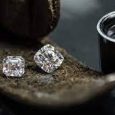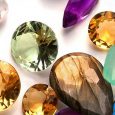Identifying the differences between synthetic and natural diamonds is easy. You just need to focus on the environmental impact and the cost of the stones. It is true that these synthetic stones are identical to natural ones. They have the same fire, quality, stand-out colors, beauty, hardness, and timeless brilliance. Yet, buying a synthetic diamond is much gentler on the environment and your pockets.
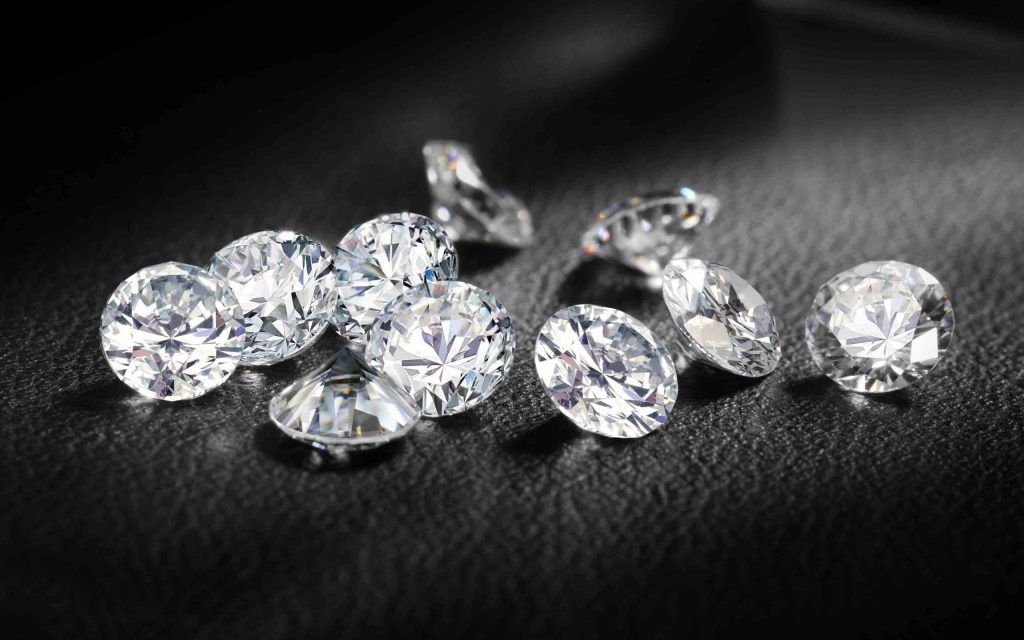
The environment suffers great stress when people mine natural diamonds. Business-wise, searching for and retrieving diamonds are huge and highly expensive endeavors. These are specific influences on how much you pay for these natural, mined stones.
The True Differences
De Beers has always sold exquisite, natural diamonds. Now, after a century and three decades, the renowned jewelry company will have synthetic gems. The price of these created diamonds will be a tenth of the cost of a natural diamond. An untrained eye may just see a synthetic diamond as a real one. Here are the real differences between mined and created diamonds:
Natural
The following are the characteristics of real, natural diamonds:
• Were formed at about 150 kilometers to 200 kilometers below the earth’s crust at least 3 Billion years ago
• Every piece is one-of-a-kind
• Formed under the pressures and conditions of forming underground for a very long time
• Takes a lot of time, effort, and money to extract these stones from the earth
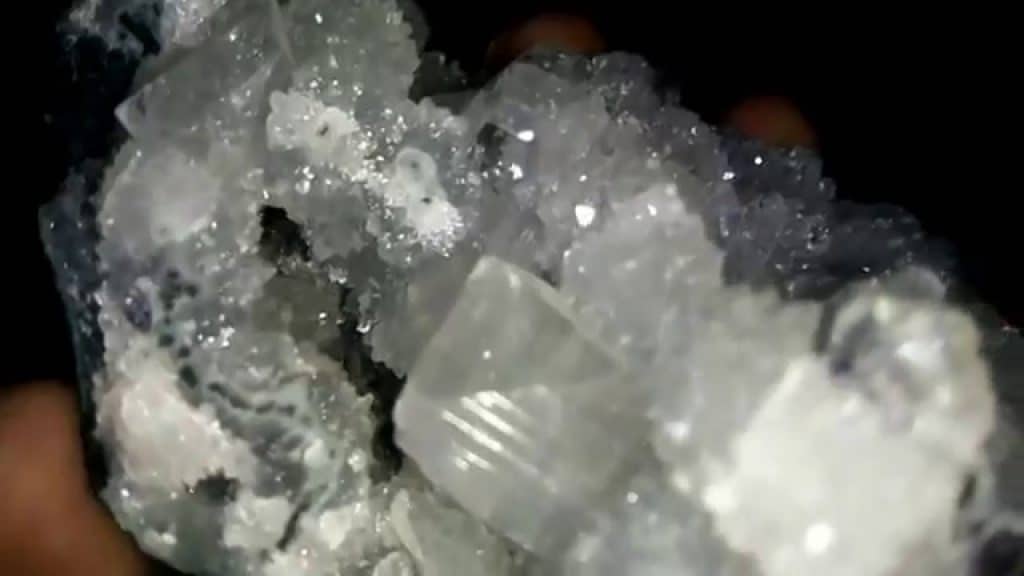
Synthetic
The following are the characteristics of created diamonds:
• Also known as lab-grown
• Man-made
• They result from the extensive efforts of several scientists who wanted to create an alternative to natural diamonds
• Accurate copy of natural diamonds
• Undergo the same procedures and processes that natural
• Possesses the same lattice structure as that of mined ones
• Each of them is younger than any natural diamond
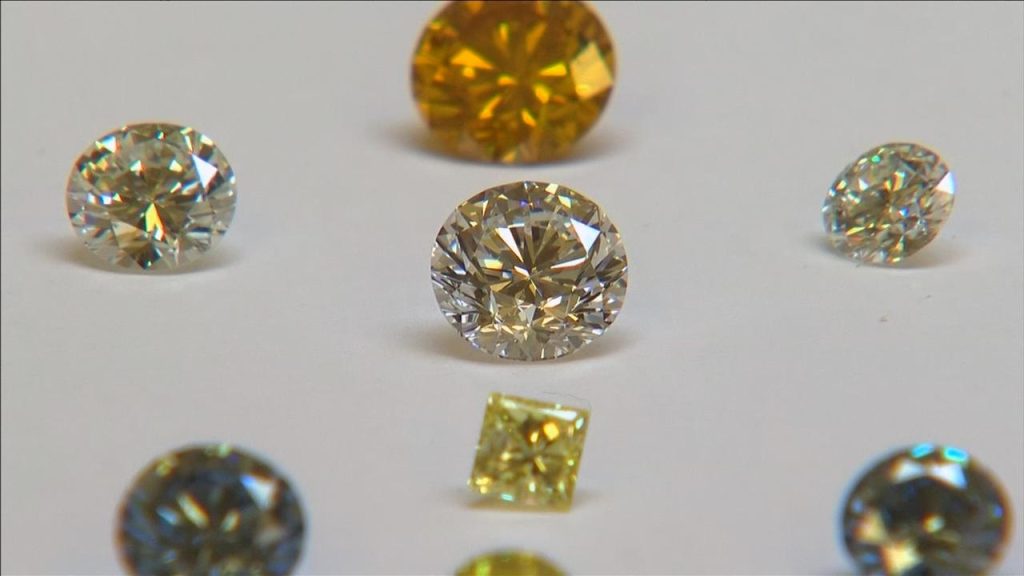
Making Synthetic Diamonds
The man-made stones have a less significant process of becoming than natural ones. Globally coveted natural diamonds are pipe-, marine-, and alluvial-mined. They are acquired all over the world with the help of various equipment and heavy machinery. Lab-made diamonds are created by:
• Highly-skilled scientists that place a piece of carbon under extremely high temperature and pressure to form the diamond
• The use of chemical vapor deposition, in which the scientist takes a minute diamond crystal seed, then grow it by layer inside a chamber
Synthetic Diamond’s Price
Like natural diamonds, synthetic ones are priced according to their clarity, size, and color. They can have 20% to 40% cheaper than the mined rocks. Nonetheless, if the created diamond is D-F-colored, it could be as pricey as a natural diamond because of its rarity.
Using Lightbox’s synthetic diamond technology, De Beers will be selling more affordable man-made diamonds. According to the company’s CEO, Bruce Cleaver, Lightbox will help De Beers supply consumers synthetic diamond jewelry for their present needs.
Identifying a Created Diamond
You need specialized equipment to spot a synthetic diamond. The inclusions of a man-made diamond differ from those found in a natural one. Some of them can be seen by the naked eye, while others require a loupe. Asking the jeweler would be best to find out whether the diamond is natural or synthetic. Any jeweler usually draws a grading report and gives it to the interested buyer. The GIA (Gemological Institute of America) is the one that states in the report if the diamond is natural or lab-made.

Are Man-Made Diamonds Genuine?
While it’s true that the birth of a natural diamond is different from the birth of a lab-made one, their structure is still the same. The specialists that create synthetic diamonds believe that they create true gems. Undoubtedly, the chemical and physical structures of these two types of gems are alike. Nevertheless, remember that natural diamonds are pieces of Nature’s unique and patient art.
Mined diamonds possess a certain kind of character and beauty that could only result from billions of years of being underneath the Earth’s surface. It is much like cooking something in a pressure cooker that has been running since 3 Billion or so years ago. Isn’t that amazing?
Synthetic Diamonds Don’t Have the Same Value as Natural Ones
Even if natural and synthetic stones have the same chemical and physical compositions, their value isn’t the same.
Clearly, man-made diamonds can be distinguished from mined diamonds by their inclusions and structure of growth. They have certain marks inside them because of their quick development or manufacturing process. You can spot these inclusions with the right tool.
The
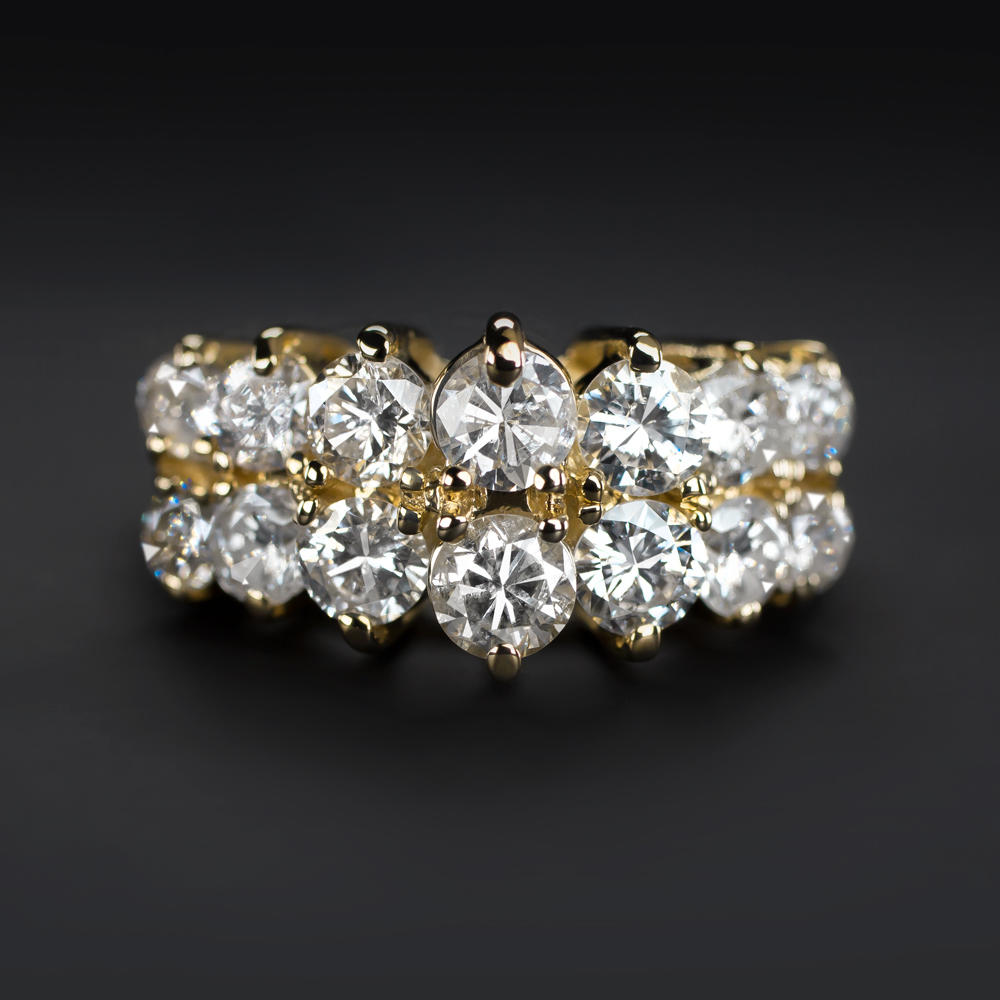
To a discerning consumer, a natural diamond is highly valuable, precious, and rare, while a created diamond is a product of an industrial process. That is why many are questioning why these synthetic stones should have any value at all. Yet, whatever type of diamond you choose to purchase, know that the same degree of creativity goes into every piece of jewelry created from them.
Diamonds, natural or lab-made, will always be precious and life-changing, no matter the budget range you have.



